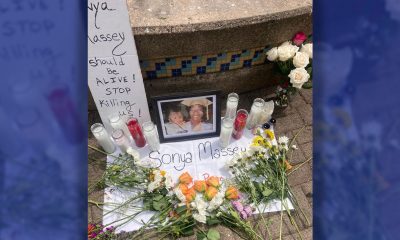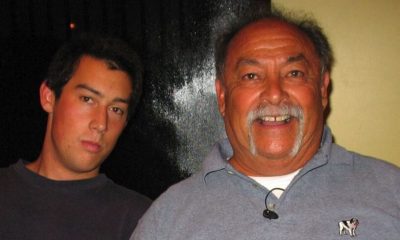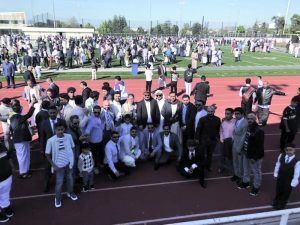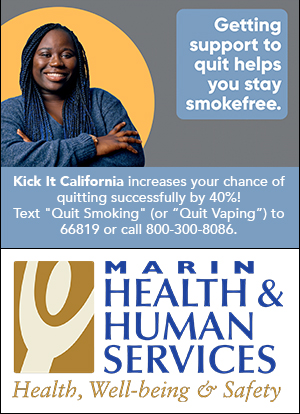Activism
‘Stop Killing Us’ Activists Bring Their Pain to State Capitol

Several California social and criminal justice organizations, as well as community-based groups, gathered for a rally at the state Capitol titled “Stop Killing Us” on July 1, 2020.
Oakland-based All of Us or None (AOUON) organized the event — with the help of other partners across the state — to condemn police violence against African Americans.
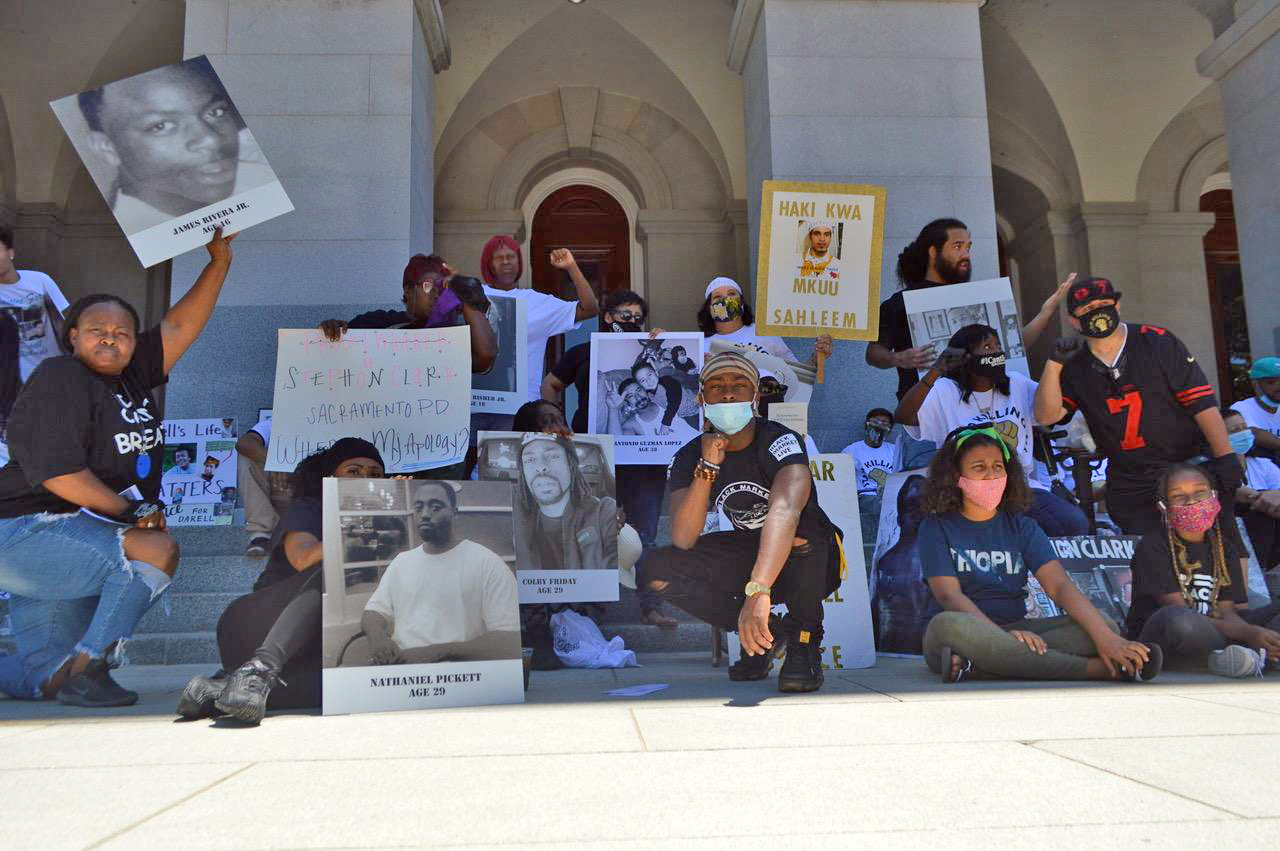
Families affected by police violence came from all across the state to participate in the Stop Killings Us Rally in Sacramento. Photo by Antonio Harvey.
AOUON is a project of Legal Service for Prisoners With Children (LSPC), a nonprofit civil rights organization that advocates for the rights of formerly and currently incarcerated people and their families.
Their demonstration was peaceful — done with official permission — and less spontaneous than recent explosive protests and riots triggered by the brutal murder of George Floyd, an unarmed Black man in Minnesota, at the hands of police officers.
But it was charged with strong convictions and a solemn sense of grief, much like those protests. The day started with libations and sacred drumming by American Indian and African American groups. Altars with photos, food offerings and a memorial quilt were also on display.
“You mess with our children, I’ll come running,” said Yolanda Banks, the mother of Sahleem Tindle, who was killed by a BART police officer on Jan. 3, 2018. He was 28. “I have to march,” Banks continued. “We fight together.”
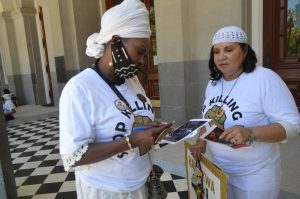
Asale Haquekyah Chandler, left, Yolanda Banks, right. Photo by Antonio Harvey.
Banks frequently joins other grieving African American families from around California who have lost loved ones to police violence for rallies and vigils like the one AOUON held in Sacramento.
Participants arrived from Riverside, Los Angeles, San Bernardino, Bakersfield, Vallejo, Richmond, Oakland, San Francisco, Fresno and other places in the state. Most of the people in attendance were people who have been impacted by police violence.
On the front steps of the State Capitol, large black-and-white photos of people of color who have been victims of police deadly force were on display. According to Love Not Blood Campaign, organized by Oscar Grant’s uncle Cephus Johnson, police violence has claimed the lives of 1200 people in California since 2009.
Among those pictured and whose relatives were present were Oscar Grant, shot and killed by BART police in 2009; Kenneth Harding Jr. and Mario Woods, shot and killed by San Francisco police in 2011 and 2015 respectively, Pedie Perez, killed by police in the city of Richmond in 2014, James Rivera and Colby Friday, killed by Stockton Police in 2010 and 2016 respectively and Stephon Clark, killed by Sacramento police in March 2018.
Asale-Haquekyah Chandler (pronounced “Ah-SAH-lah”) made the trip east to Sacramento from San Francisco to support Banks and the other families involved with “Stop Killing Us.” Chandler is hosting the “One Life Walk: A Silent Walk Parade Protest” in downtown San Francisco July 28.
Chandler, who ran unsuccessfully for the San Francisco Board of Supervisors District 10 seat in 2018, has also been affected by violence, but not at the hands of law enforcement. Her 19-year-old son Yalani Chinyamurindi, while on a lunch break in San Francisco, was shot and killed, along with three individuals he knew.
Banks, who lives on a rural farm in Calaveras County, told California Black Media that the events that AOUON stage are “painful but therapeutic.”
The pain and passion expressed by Banks, Chandler, and other participants (who each read aloud the names of the departed) was evident.
There were new members to this circle of grief and woe. Relatives of Erik Salgado, killed by the California Highway patrol in Oakland on June 6, and San Francisco’s Sean Monterrrosa was killed on June 2 by police in Vallejo. They praised their predecessors for the work done to get justice for their loved ones.
Several lawmakers emerged from the State Capitol to support the event and stand with the families. They included African American legislators Sen. Holly J. Mitchell (D-Los Angeles), Sen. Steven Bradford (D- Los Angeles), and Assemblyman Kevin McCarty (D-Sacramento).
McCarty authored a constitutional amendment, ACA 6, which will be on the general election ballot in November. Known as the “Free the Vote Act,” ACA 6 will seek voters’ approval to restore voting rights to former inmates on parole.
Activism
Oakland Post: Week of December 31, 2025 – January 6, 2026
The printed Weekly Edition of the Oakland Post: Week of – December 31, 2025 – January 6, 2026
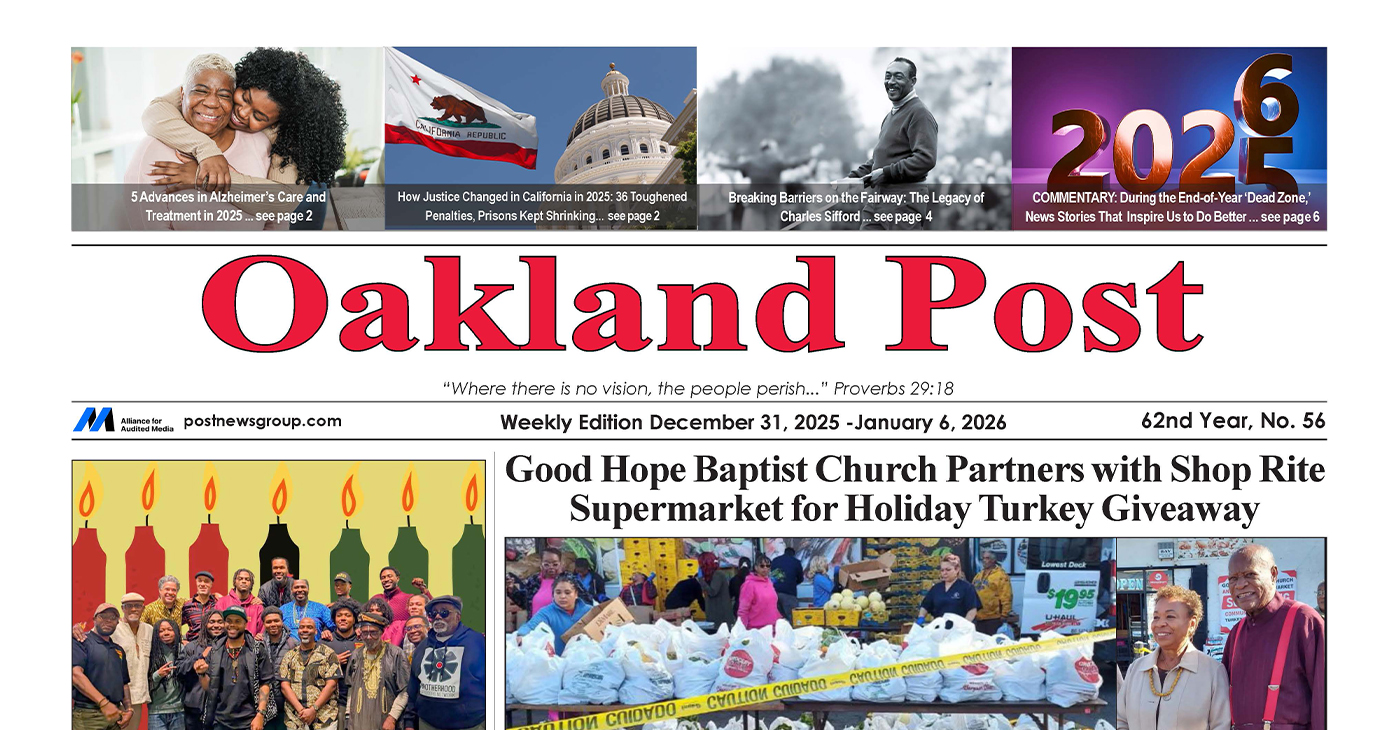
To enlarge your view of this issue, use the slider, magnifying glass icon or full page icon in the lower right corner of the browser window.
Activism
Big God Ministry Gives Away Toys in Marin City
Pastor Hall also gave a message of encouragement to the crowd, thanking Jesus for the “best year of their lives.” He asked each of the children what they wanted to be when they grow up.

By Godfrey Lee
Big God Ministries, pastored by David Hall, gave toys to the children in Marin City on Monday, Dec. 15, on the lawn near the corner of Drake Avenue and Donahue Street.
Pastor Hall also gave a message of encouragement to the crowd, thanking Jesus for the “best year of their lives.” He asked each of the children what they wanted to be when they grew up.
Around 75 parents and children were there to receive the presents, which consisted mainly of Gideon Bibles, Cat in the Hat pillows, Barbie dolls, Tonka trucks, and Lego building sets.
A half dozen volunteers from the Big God Ministry, including Donnie Roary, helped to set up the tables for the toy giveaway. The worship music was sung by Ruby Friedman, Keri Carpenter, and Jake Monaghan, who also played the accordion.
Big God Ministries meets on Sundays at 10 a.m. at the Mill Valley Community Center, 180 Camino Alto, Mill Valley, CA Their phone number is (415) 797-2567.
Activism
First 5 Alameda County Distributes Over $8 Million in First Wave of Critical Relief Funds for Historically Underpaid Caregivers
“Family, Friend, and Neighbor caregivers are lifelines for so many children and families in Alameda County,” said Kristin Spanos, CEO, First 5 Alameda County. “Yet, they often go unrecognized and undercompensated for their labor and ability to give individualized, culturally connected care. At First 5, we support the conditions that allow families to thrive, and getting this money into the hands of these caregivers and families at a time of heightened financial stress for parents is part of that commitment.”

Family, Friend, and Neighbor Caregivers Can Now Opt Into $4,000 Grants to Help Bolster Economic Stability and Strengthen Early Learning Experiences
By Post Staff
Today, First 5 Alameda County announced the distribution of $4,000 relief grants to more than 2,000 Family, Friend, and Neighbor (FFN) caregivers, totaling over $8 million in the first round of funding. Over the full course of the funding initiative, First 5 Alameda County anticipates supporting over 3,000 FFN caregivers, who collectively care for an estimated 5,200 children across Alameda County. These grants are only a portion of the estimated $190 million being invested into expanding our early childcare system through direct caregiver relief to upcoming facilities, shelter, and long-term sustainability investments for providers fromMeasure C in its first year. This investment builds on the early rollout of Measure C and reflects a comprehensive, system-wide strategy to strengthen Alameda County’s early childhood ecosystem so families can rely on sustainable, accessible care,
These important caregivers provide child care in Alameda County to their relatives, friends, and neighbors. While public benefits continue to decrease for families, and inflation and the cost of living continue to rise, these grants provide direct economic support for FFN caregivers, whose wages have historically been very low or nonexistent, and very few of whom receive benefits. As families continue to face growing financial pressures, especially during the winter and holiday season, these grants will help these caregivers with living expenses such as rent, utilities, supplies, and food.
“Family, Friend, and Neighbor caregivers are lifelines for so many children and families in Alameda County,” said Kristin Spanos, CEO, First 5 Alameda County. “Yet, they often go unrecognized and undercompensated for their labor and ability to give individualized, culturally connected care. At First 5, we support the conditions that allow families to thrive, and getting this money into the hands of these caregivers and families at a time of heightened financial stress for parents is part of that commitment.”
The funding for these relief grants comes from Measure C, a local voter-approved sales tax in Alameda County that invests in young children, their families, communities, providers, and caregivers. Within the first year of First 5’s 5-Year Plan for Measure C, in addition to the relief grants to informal FFN caregivers, other significant investments will benefit licensed child care providers. These investments include over $40 million in Early Care and Education (ECE) Emergency Grants, which have already flowed to nearly 800 center-based and family child care providers. As part of First 5’s 5-Year Plan, preparations are also underway to distribute facilities grants early next year for child care providers who need to make urgent repairs or improvements, and to launch the Emergency Revolving Fund in Spring 2026 to support licensed child care providers in Alameda County who are at risk of closure.
The FFN Relief Grants recognize and support the essential work that an estimated 3,000 FFN caregivers provide to 5,200 children in Alameda County. There is still an opportunity to receive funds for FFN caregivers who have not yet received them.
In partnership with First 5 Alameda County, Child Care Payment Agencies play a critical role in identifying eligible caregivers and leading coordinated outreach efforts to ensure FFN caregivers are informed of and able to access these relief funds.FFN caregivers are eligible for the grant if they receive a child care payment from an Alameda County Child Care Payment Agency, 4Cs of Alameda County, BANANAS, Hively, and Davis Street, and are currently caring for a child 12 years old or younger in Alameda County. Additionally, FFN caregivers who provided care for a child 12 years or younger at any time since April 1, 2025, but are no longer doing so, are also eligible for the funds. Eligible caregivers are being contacted by their Child Care Payment Agency on a rolling basis, beginning with those who provided care between April and July 2025.
“This money is coming to me at a critical time of heightened economic strain,” said Jill Morton, a caregiver in Oakland, California. “Since I am a non-licensed childcare provider, I didn’t think I was eligible for this financial support. I was relieved that this money can help pay my rent, purchase learning materials for the children as well as enhance childcare, buy groceries and take care of grandchildren.”
Eligible FFN caregivers who provided care at any time between April 1, 2025 and July 31, 2025, who haven’t yet opted into the process, are encouraged to check their mail and email for an eligibility letter. Those who have cared for a child after this period should expect to receive communications from their child care payment agency in the coming months. FFN caregivers with questions may also contact the agency they work with to receive child care payments, or the First 5 Alameda help desk, Monday through Friday, from 9 a.m. to 5:00 p.m. PST, at 510-227-6964. The help desk will be closed 12/25/25 – 1/1/26. Additional grant payments will be made on a rolling basis as opt-ins are received by the four child care payment agencies in Alameda County.
Beginning in the second year of Measure C implementation, FFN caregivers who care for a child from birth to age five and receive an Alameda County subsidized voucher will get an additional $500 per month. This amounts to an annual increase of about $6,000 per child receiving a subsidy. Together with more Measure C funding expected to flow back into the community as part of First 5’s 5-Year Plan, investments will continue to become available in the coming year for addressing the needs of childcare providers in Alameda County.
About First 5 Alameda County
First 5 Alameda County builds the local childhood systems and supports needed to ensure our county’s youngest children are safe, healthy, and ready to succeed in school and life.
Our Mission
In partnership with the community, we support a county-wide continuous prevention and early intervention system that promotes optimal health and development, narrows disparities, and improves the lives of children from birth to age five and their families.
Our Vision
Every child in Alameda County will have optimal health, development, and well-being to reach their greatest potential.
Learn more at www.first5alameda.org.
-

 Bay Area3 weeks ago
Bay Area3 weeks agoPost Salon to Discuss Proposal to Bring Costco to Oakland Community meeting to be held at City Hall, Thursday, Dec. 18
-

 Activism3 weeks ago
Activism3 weeks agoMayor Lee, City Leaders Announce $334 Million Bond Sale for Affordable Housing, Roads, Park Renovations, Libraries and Senior Centers
-

 Activism3 weeks ago
Activism3 weeks agoOakland Post: Week of December 10 – 16, 2025
-

 Activism3 weeks ago
Activism3 weeks agoOakland School Board Grapples with Potential $100 Million Shortfall Next Year
-

 Arts and Culture3 weeks ago
Arts and Culture3 weeks agoFayeth Gardens Holds 3rd Annual Kwanzaa Celebration at Hayward City Hall on Dec. 28
-

 Activism3 weeks ago
Activism3 weeks ago2025 in Review: Seven Questions for Black Women’s Think Tank Founder Kellie Todd Griffin
-

 Advice3 weeks ago
Advice3 weeks agoCOMMENTARY: If You Don’t Want Your ‘Black Card’ Revoked, Watch What You Bring to Holiday Dinners
-

 Activism3 weeks ago
Activism3 weeks agoAnn Lowe: The Quiet Genius of American Couture


